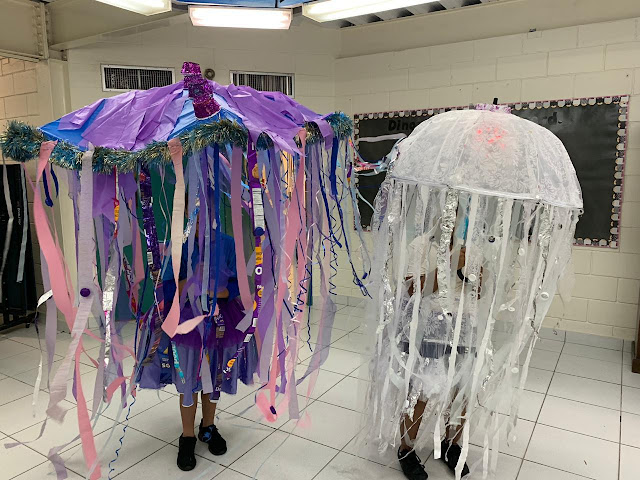Coral Reefs of Northeast Tobago

Dr Anjani Ganase begins the exploration and photography of the coral reefs of Tobago for the Maritime Ocean Collection at Charlotteville. Coral reef research in Tobago began in the late 1970s and 80s, right around the time when Trinidad and Tobago established the Institute of Marine Affairs. I was told of young scientists roaming the Tobago coastline by boat to explore reefs farther east along the Caribbean coastline to discover something other than Buccoo in the southwest. Even back then, Buccoo reef was heavily impacted by pollution from coastal development in the area. Coral reefs in northeast Tobago were more removed from disturbance, but also never thoroughly explored and surveyed (at least by local scientists). Researchers from the Institute of Marine Affairs, such as Richard Laydoo and Doon Ramsaroop were some of the first to map coral reefs in northeast Tobago. When the surveys were carried out in the 1980s, many Caribbean coral reefs were on the cusp of change. White ban...



